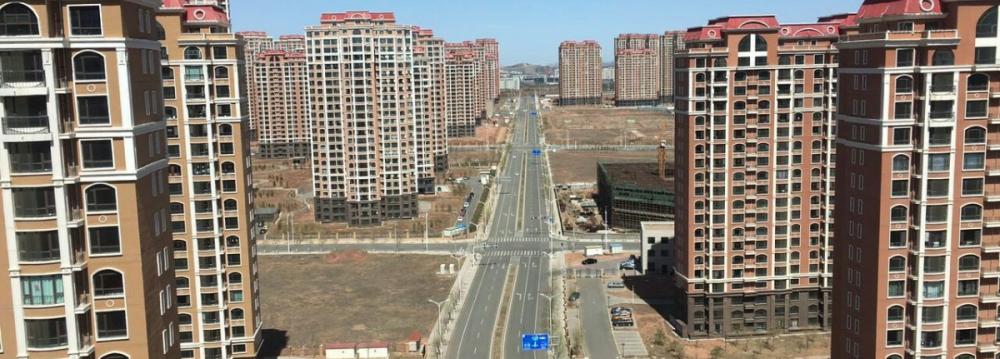The real level of bad debt in China might be 10 times the official number, according to the ratings agency Fitch. But don’t worry! Fitch says that a “one-off resolution” of those non-performing loans would only cost $1 trillion. Or maybe $2 trillion.
Fitch says China should be OK in the short-term, but “We think that sovereign resources will ultimately be needed to help address China’s debt overhang,” hence the $1 trillion to $2.1 trillion estimate, Business Insider reported.
There are two camps of thought on Chinese debt right now:
The “muddle-through” camp: Those who believe that while China’s debt is growing, it remains in reasonable proportion to the size of its economy. The government is well-placed to manage defaults because it controls so many state-owned enterprises.
The crisis camp: Those who believe that China’s debt is so massive, and the costs of servicing it so large, that it is now creating a drag on the economy as a whole. The Chinese finance system is political, non-transparent, and often corrupt. No one knows how damaging, or how sudden, Chinese debt defaults might be.
Fitch says: “NPL rates could already be as high as 15%-21% for the financial system. In contrast, official data showed the NPL ratio for commercial banks was just 1.8% at end-1H16.
“There seems a high likelihood that banks’ NPL ratios will continue rising over the medium term, in light of this discrepancy. There are already signs of stress, most obviously in the increased frequency with which banks are writing off or offloading loans, such as those to asset-management companies.
“We estimate that a one-off resolution of the debt problem would currently result in a capital shortfall of yuan 7.4 trillion-13.6 trillion ($1.1 trillion -2.1 trillion)—equivalent to around 11%-20% of GDP.”
Until recently, Chinese debt had mostly been a good thing. China’s economy was growing faster than its debt, making the debt manageable. The growth also meant that there were positive returns on money loaned out to growing Chinese enterprises.
The problem with debt, however, is that it lasts a long time. As the debt pile grows, the repayments become larger and larger, placing a burden on the economy. Each renminbi of new credit loaned out produces diminishing results.
Government Blamed
The Chinese economic slowdown comes as no surprise to global analysts. As outlooks are adjusted accordingly, it isn’t the country’s profit margins that are causing concern, but decades of spending on unfinished building projects (popularly known as the Ghost City) that have created a deluge of bad debt for China.
Taxpayers point the finger of blame at the government and the lack of social change and development evaluations before money is squandered on the hundreds of unfinished projects, or “rotten buildings” as they have come to be known, Al Jazeera reported.
According to the Chinese government, China currently has two billion square meters of empty residential space—enough to house 100 million people.
Economists echo the peoples’ sentiments with the reason for a potential crash placed squarely on the government’s shoulders with its insatiable desire for hyper growth. As a result, a debt crisis is a serious possibility.
But many continue to deny China’s seemingly inevitable forecast, including the Chinese premier, Li Keqiang.
“We are fully confident of China’s long-term economic growth. As long as we continue to reform and open up, China’s economy will not suffer a hard landing,” said Keqiang.
Critics, however, remain doubtful—the endless sea of deserted developments standing as evidence of their fears for the future.
With China adamant that there are no real risks in its future, what can the global economy expect? Will there be ongoing, or even increasing, debt and banking problems?
“China is, by some measures, the biggest economy in the world, and it is very well integrated into the global supply chain—anything that happens in China will have repercussions globally,” says Sebastien Marlier of the Economist Intelligence Unit.


